The Kochi Muziris Biennale (KMB), called India’s largest ‘temporary museum’ of contemporary art, is the brightest jewel in Kochi’s crown. The country’s only art biennale of international clout shows the world what art is to the city, or rather what the city is to art. It is also the city’s biggest achievement when it comes to art and its showcase.
If in the early 2000s we saw the closure of some of the city’s older art galleries and the birth of some, the first edition of the KMB in 2012 injected new hope and blood into the scene, changing the way we perceived art. It democratised art, making the common man curious about artistic expression while making it accessible; it literally and metaphorically moved art out of the hallowed, intimidating and highly intellectualised gallery spaces. Kochi is now a destination for art, with people travelling from across the world to experience art.
The ripple effect was that more galleries mushroomed all over the city, with a concentration around Fort Kochi, the main Biennale venue. Different forms of art and expression found space and an audience thanks to the KMB.
The Durbar Hall Art Centre underwent a much-needed and controversial makeover, giving it an international yet rooted makeover. The art shows held there have acquired a more contemporary feel, the kind that the Kochiite who has travelled the world can enjoy.
A major event in the city’s art calendar is the art retrospective held by the Kerala Lalithakala Akademi, at the heart of which lies the Durbar Hall Art Centre. The beautiful and well-appointed gallery has been hosting retrospectives of the works of greats such as the late C.N. Karunakaran, Yusuf Arakkal, and Sudheer Patwardhan, among others. An interesting aspect of the current art scene, especially post-COVID, is that the market - purchase and sale of artworks - has become more dynamic with online access.
Different spaces
The ways and kinds of creative expression have found so many different spaces: theatre, dance, and other performing arts - traditional and contemporary - have found space in Kochi. As the definition of an artistic performance evolved, the spaces also changed. A gallery, like the Kerala Museum and its campus, shapeshifts for movie screenings, a theatre space, or even a space for learning! Book stores and art galleries have likewise changed; the number of dance studios has burgeoned.
The last 25 years have been enriching not just for the artist living in Kochi but also for the art lover, connoisseur or even the newbie. The art ecosystem continues to flourish, with one medium feeding the other, encouraging creativity.

 4 hours ago
1
4 hours ago
1

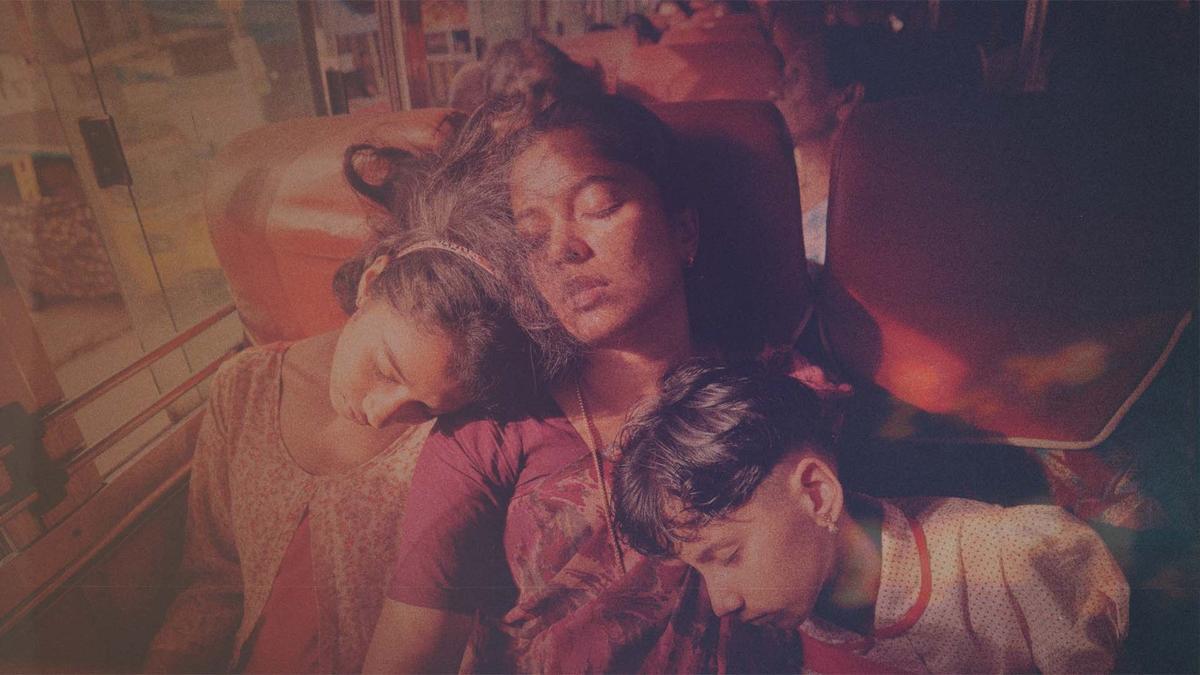

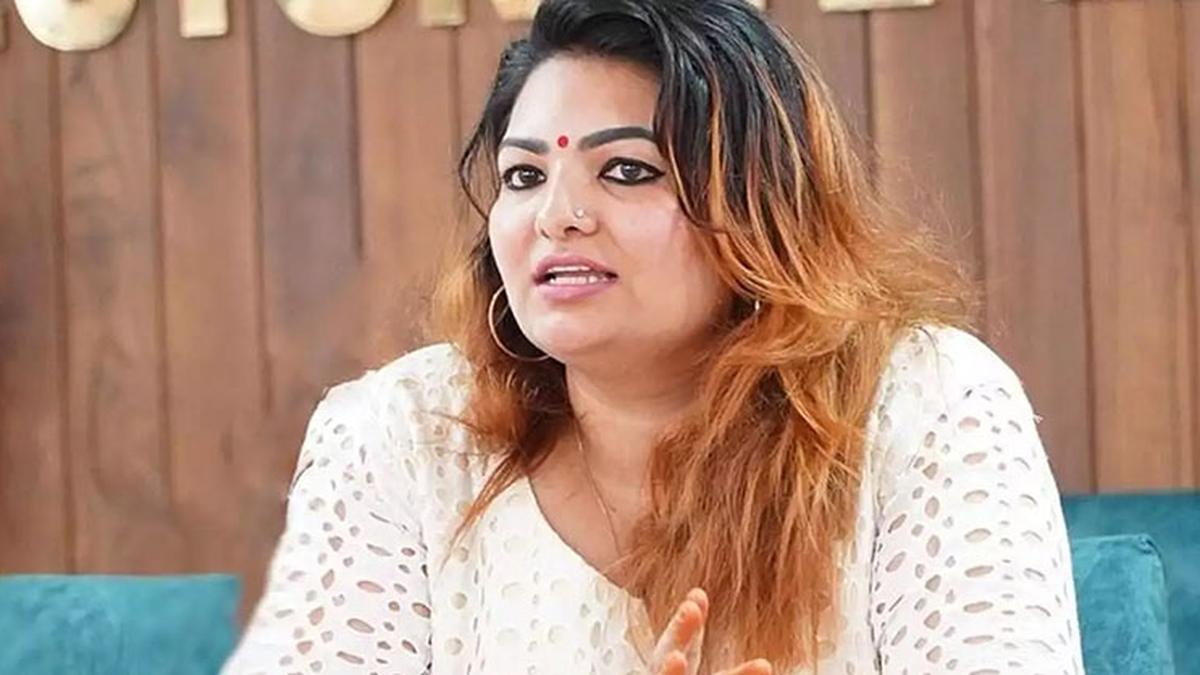

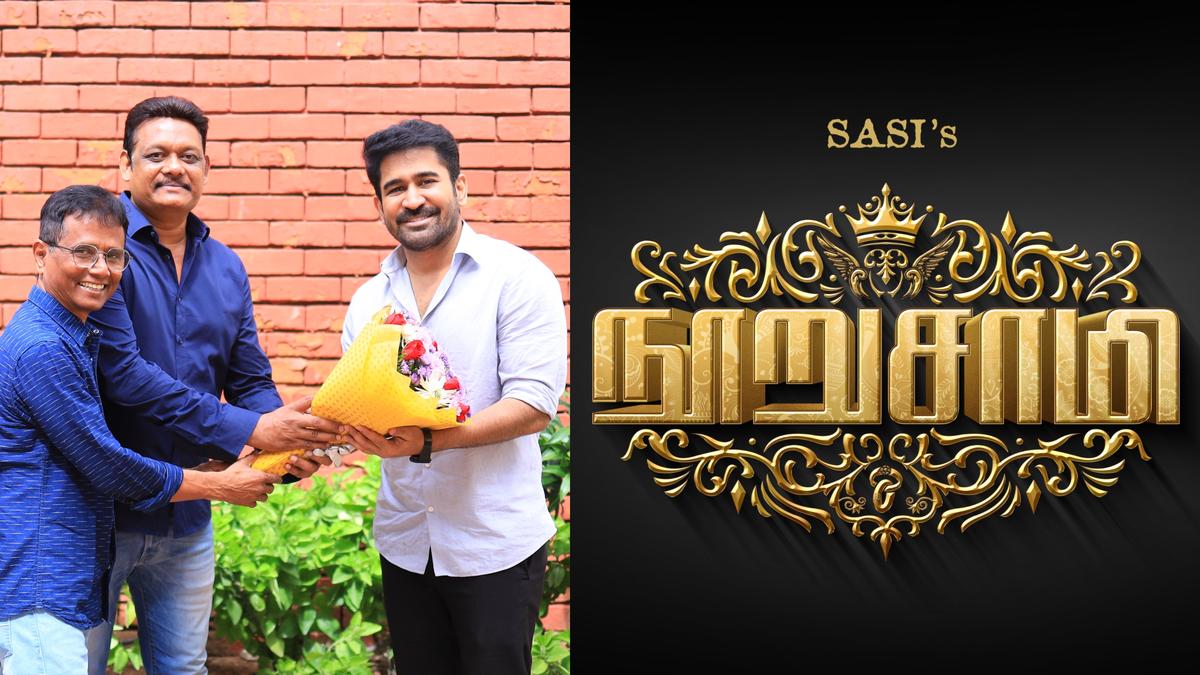
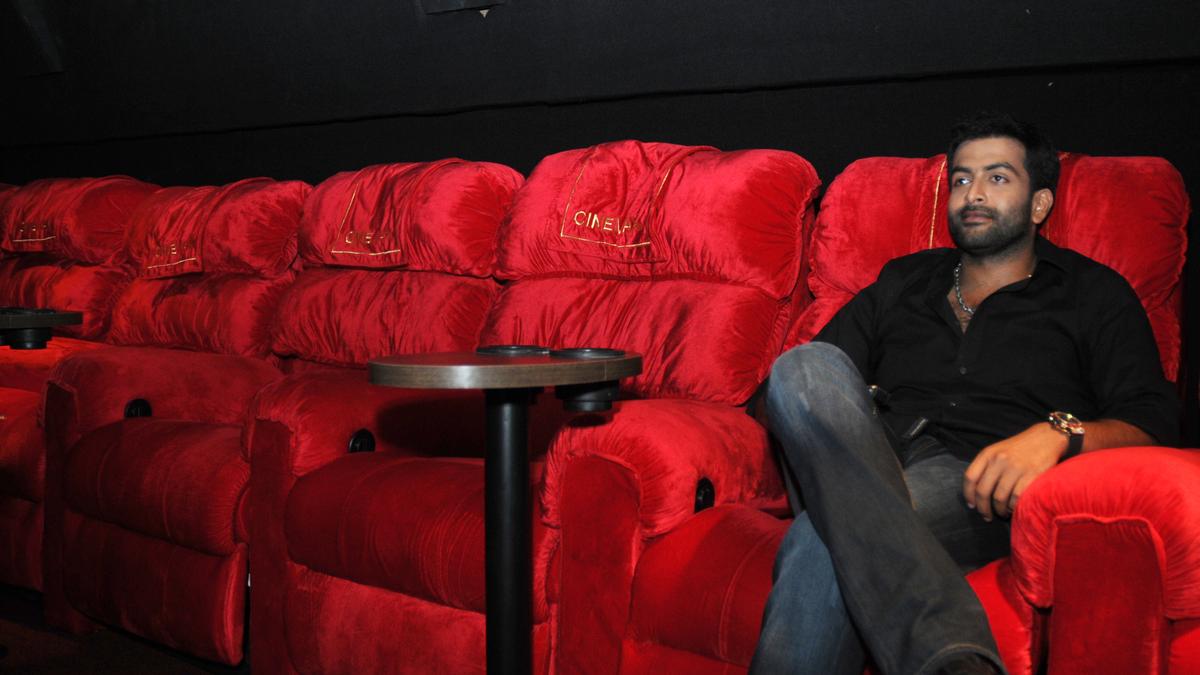
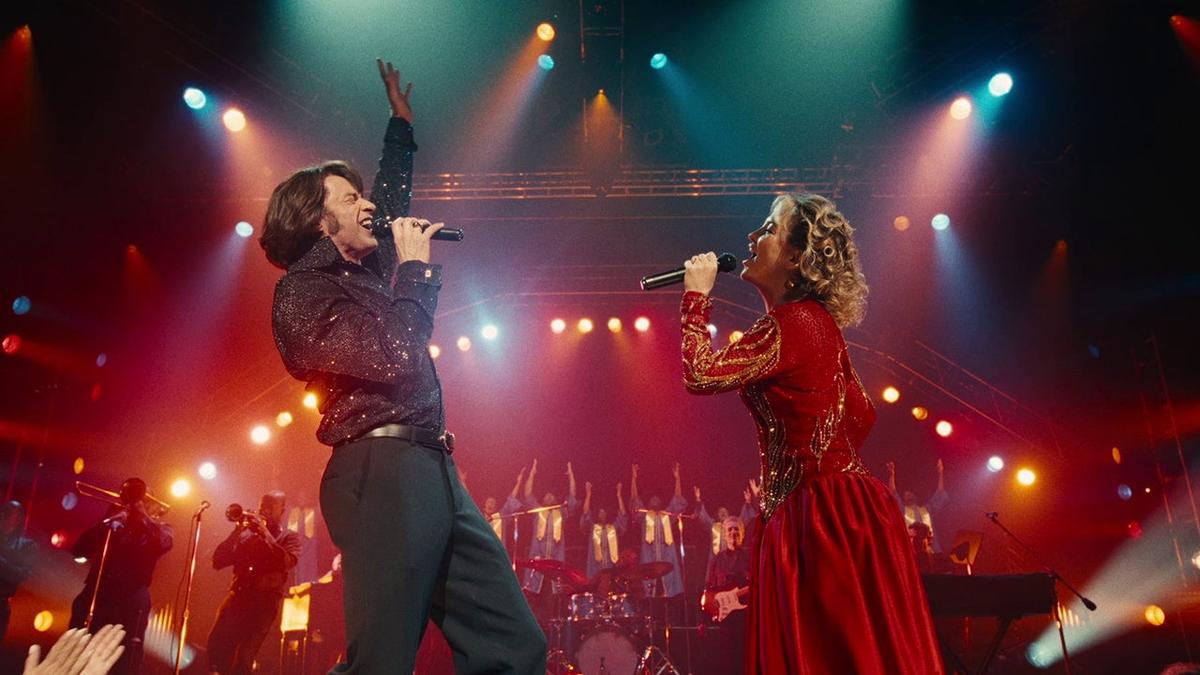














 English (US) ·
English (US) ·